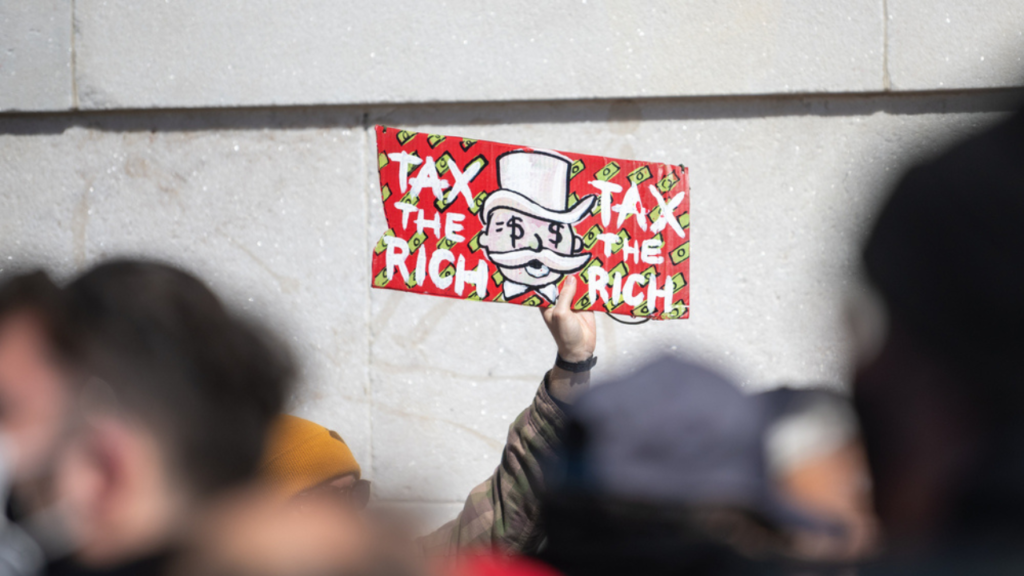Originally published at Project-Syndicate | August 1st, 2022
The longstanding argument that go-go Keynesian fiscal stimulus is the answer to every imaginable economic shock has been exposed as bankrupt. Nevertheless, readjustment of both monetary and fiscal policy needs to take place gradually if we are to avoid an epic recession.
CAMBRIDGE – Recent large interest-rate hikes by the US Federal Reserve and the European Central Bank suggest that monetary policymakers are intent on moving forcefully to bring down inflation. But where are the scores of economic commentators who for years have been arguing that fiscal policy – usually meaning deficit spending – needs to play a much more active role in managing business cycles? If it really makes sense to use both monetary and fiscal policy to counter a routine downturn, why are central banks suddenly on their own in attempting to engineer a soft landing with inflation at a four-decade high?
Before the 2008 global financial crisis, the consensus was that monetary policy should take the lead in dealing with ordinary business cycles. Fiscal policy should play a supporting role, except in the event of wars and natural catastrophes such as pandemics. When systemic financial crises occurred, the thinking went, monetary policy could respond immediately but fiscal policy should quickly follow and take the lead over time. Taxation and government expenditure are intensely political, but successful economies could navigate this problem in emergencies.
Over the past decade, however, the view that fiscal policy should also play a more dominant macroeconomic stabilization role in normal times has gained increasing traction. This shift was influenced by the fact that central bank interest rates ran up against the zero-interest-rate bound. (Some, including me, believe that this argument ignores relatively simple and effective options for cutting rates below zero, but I will not take that up here.) But the zero bound was by no means the entire argument.
It is true that “helicopter money” and other transfer programs proved extremely effective during the initial stages of the COVID-19 pandemic, helping to cushion individuals while reducing long-term economic scarring. But here’s the rub: No country, and certainly not a large, politically divided one such as the United States or the United Kingdom, has really figured out how to conduct technocratic fiscal policy on a consistent basis, because politics is hardwired into fiscal policy.
There are myriad ways for governments to spend money, and myriad possible criteria for deciding who merits support and who should foot the bill. Horse trading and implementation issues mean there will always be inefficiencies, and these tend to be bigger as the spending bill increases. Exactly this happened in the US starting at the end of 2020, when politically motivated fiscal policy resulted in too much stimulus too late.
Admittedly, there was a certain logic to keeping monetary and fiscal policy on full expansionary tilt as an insurance policy against the pandemic getting worse or another crisis erupting – as in fact occurred when Russia invaded Ukraine. Still, the cost of this approach, in terms of increased inflationary pressures and reduced capacity to respond to the supply shocks triggered by the war, now has to be paid. Those who argued that a surge in inflation was highly unlikely clearly had their heads in the sand.
With inflation high and growth slowing notably, what should be done? First, interest rates do need to rise, but central bankers and the International Monetary Fund seem to be excessively zealous about the pace at which that should happen. It is far from obvious that the benefits of bringing down inflation to target by say, the end of 2023, are worth the significant risk of yet another deep recession, given the lingering effects of the recent pandemic and the not-so-distant financial crisis.
Second, the fiscal-policy debate has been dominated for too long by the siren song of pundits who promise that real interest rates will never rise, and that deficit spending will be a free lunch. Modern Monetary Theory is an extreme representation of this view, but it is not all that different from some mainstream economists’ belief that public debt could be much bigger without any negative consequences.
The right way for governments to redistribute income on a sustainable basis, if that is the goal, is to raise taxes on higher-income individuals and increase transfers to lower-income (and especially very low-income) segments of the population. US Democratic Party congresswoman Alexandria Ocasio-Cortez had that right when she wore a flamboyant “tax the rich” dress to the 2021 Met Gala, albeit she might have added “and the upper middle class” to the slogan.
Conservatives have to accept that higher taxes on high-income and upper-middle-income individuals are not only fair, but also necessary to achieve social cohesion. Yes, economic efficiency and dynamism are fundamental virtues of the US system, and a major part of the reason why the West is still able to compete with China and Russia in key areas such as technology. But an inadequate social safety net and the failure to tax the economic elite at an adequate rate risks destroying the American model from within.
Fiscal policy needs to go back to fundamentals and be recalibrated. The longstanding argument that go-go Keynesian fiscal stimulus is the answer to every imaginable economic shock has been exposed as bankrupt. Nevertheless, at this juncture, readjustment of macroeconomic policy should take place gradually if we are to avoid a deep recession.
Kenneth Rogoff: Professor of Economics and Public Policy at Harvard University and recipient of the 2011 Deutsche Bank Prize in Financial Economics, was the chief economist of the International Monetary Fund from 2001 to 2003. He is co-author of This Time is Different: Eight Centuries of Financial Folly (Princeton University Press, 2011) and author of The Curse of Cash (Princeton University Press, 2016).
